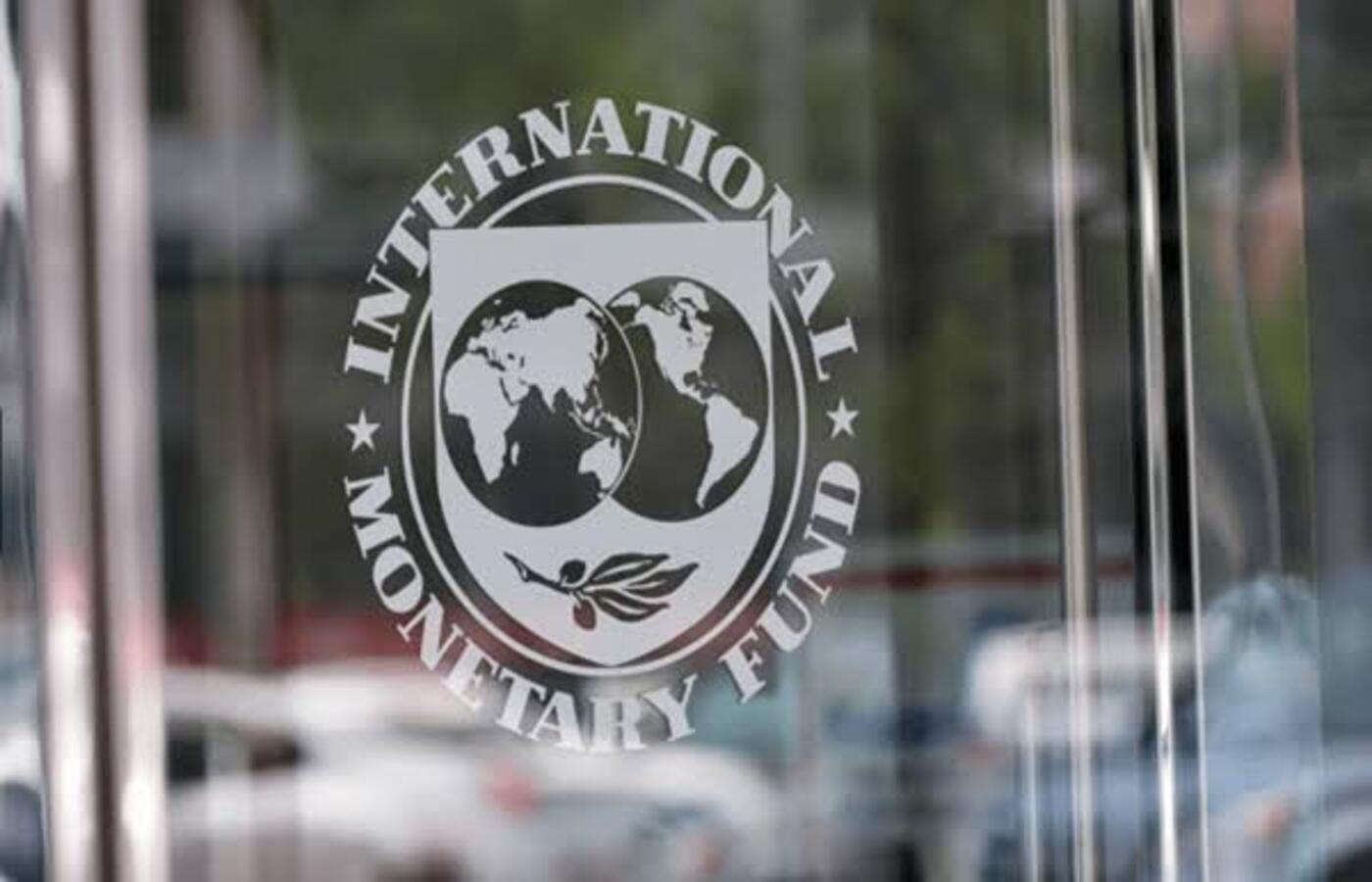In a major breakthrough for Ethiopia, the country's fertilizer import bill has significantly declined as global prices experience a remarkable drop after two long years. The average price of fertilizer now ranges between $400 and $430 per quintal, providing substantial relief for the government and a welcome reduction in subsidies.
According to Girma Amente, the Minister of Agriculture, the procurement process for the upcoming year has been successfully completed. Ethiopia has procured a total of 23 million quintals of various types of fertilizer, including NPS and urea. This achievement is the result of streamlined procedures that have eliminated bureaucratic hurdles, ensuring efficient and timely procurement, emphasized Girma.
"The procurement process for fertilizer used to be lengthy and plagued with bureaucratic hurdles, but now we have successfully averted those issues," added Girma, highlighting the improvements made.
The increase in fertilizer prices was primarily attributed to the Ukrainian-Russian war, which caused a surge in global fertilizer costs. Consequently, Ethiopia's annual fertilizer import bill skyrocketed from $600 million to $1.2 billion. However, with the recent decline in prices, the government can now breathe a sigh of relief as it signifies a reduction in subsidy expenditure, according to the Minister.
"Last year, the price exceeded $650, but it has now dropped to around $400, providing relief for the government and reducing its subsidy," remarked Girma.
The government had been spending over 11 billion birr annually to subsidize fertilizer, aiming to support farmers and ensure affordable access to this crucial agricultural input. The decline in prices offers a welcome respite and eases the financial burden on the government's budget.
Despite facing foreign exchange shortages last year, Ethiopia managed to import approximately 13.9 million quintals of fertilizer, falling short of the country's annual demand. However, during the previous Meher season, Ethiopian farmers showcased remarkable resilience by cultivating a vast expanse of 17.5 million hectares of land, with a particular focus on wheat cultivation, according to Girma. The goal for the upcoming harvesting season is to harvest an impressive 117 million quintals of wheat, he added.





